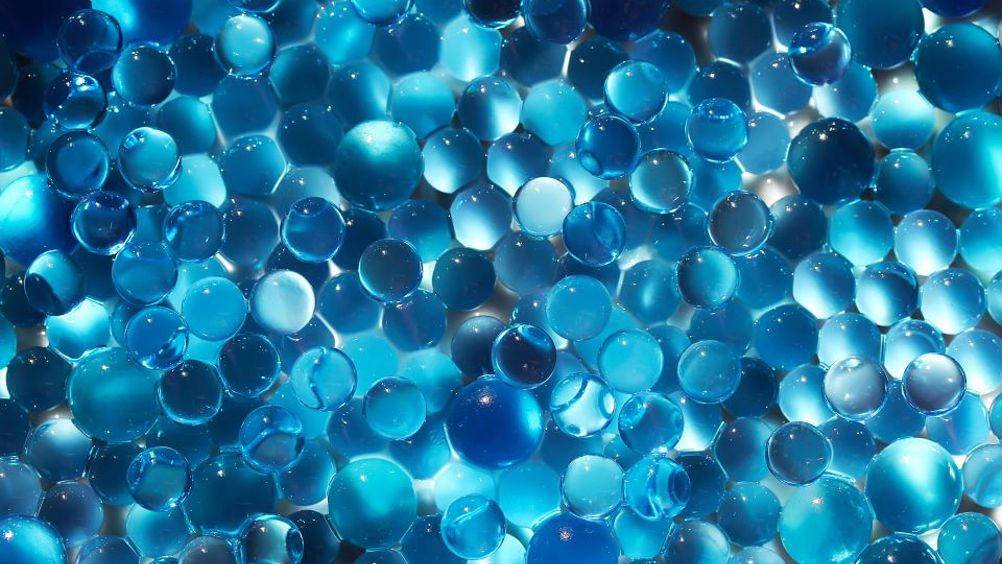Ultrasound-based sonogel promises safer and faster hydrogel fabrication
Researchers have developed a new way to create hydrogels using ultrasound, an advance that is said to eliminate the need for toxic chemical initiators.

The team at McGill University in Canada said their so-called ‘sonogel’ technique is a faster, cleaner and more sustainable approach to hydrogel fabrication. Furthermore, it produces hydrogels that are stronger, more flexible and highly resistant to freezing and dehydration. The new method also promises to facilitate advances in tissue engineering, bioadhesives and 3D bioprinting. The team’s findings are detailed in Advanced Science.
Hydrogels are composed of polymers that can absorb and retain large amounts of water and find use in wound dressings, drug delivery, tissue engineering, soft robotics, soft contact lenses and more.
Traditional hydrogel manufacturing relies on chemical initiators that trigger chemical chain reactions.
In collaboration with Polytechnique Montréal, the McGill research team, led by mechanical engineering Professor Jianyu Li, has developed an alternative method using ultrasound. When applied to a liquid precursor, sound waves create microscopic bubbles that collapse with immense energy, triggering gel formation within minutes.
Register now to continue reading
Thanks for visiting The Engineer. You’ve now reached your monthly limit of news stories. Register for free to unlock unlimited access to all of our news coverage, as well as premium content including opinion, in-depth features and special reports.
Benefits of registering
-
In-depth insights and coverage of key emerging trends
-
Unrestricted access to special reports throughout the year
-
Daily technology news delivered straight to your inbox










CCC Report Finds UK Climate Targets Still Within Reach
In 1990 67% of the UK´s electricity came from coal-fired power stations and even without renewables the transition to gas was a major contributor to...